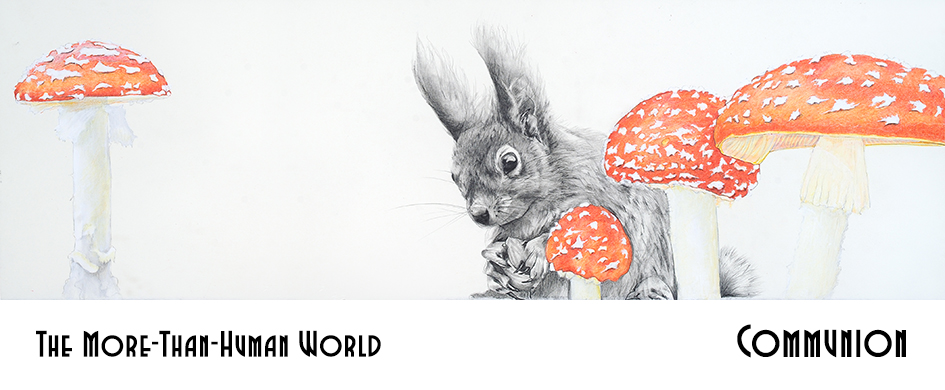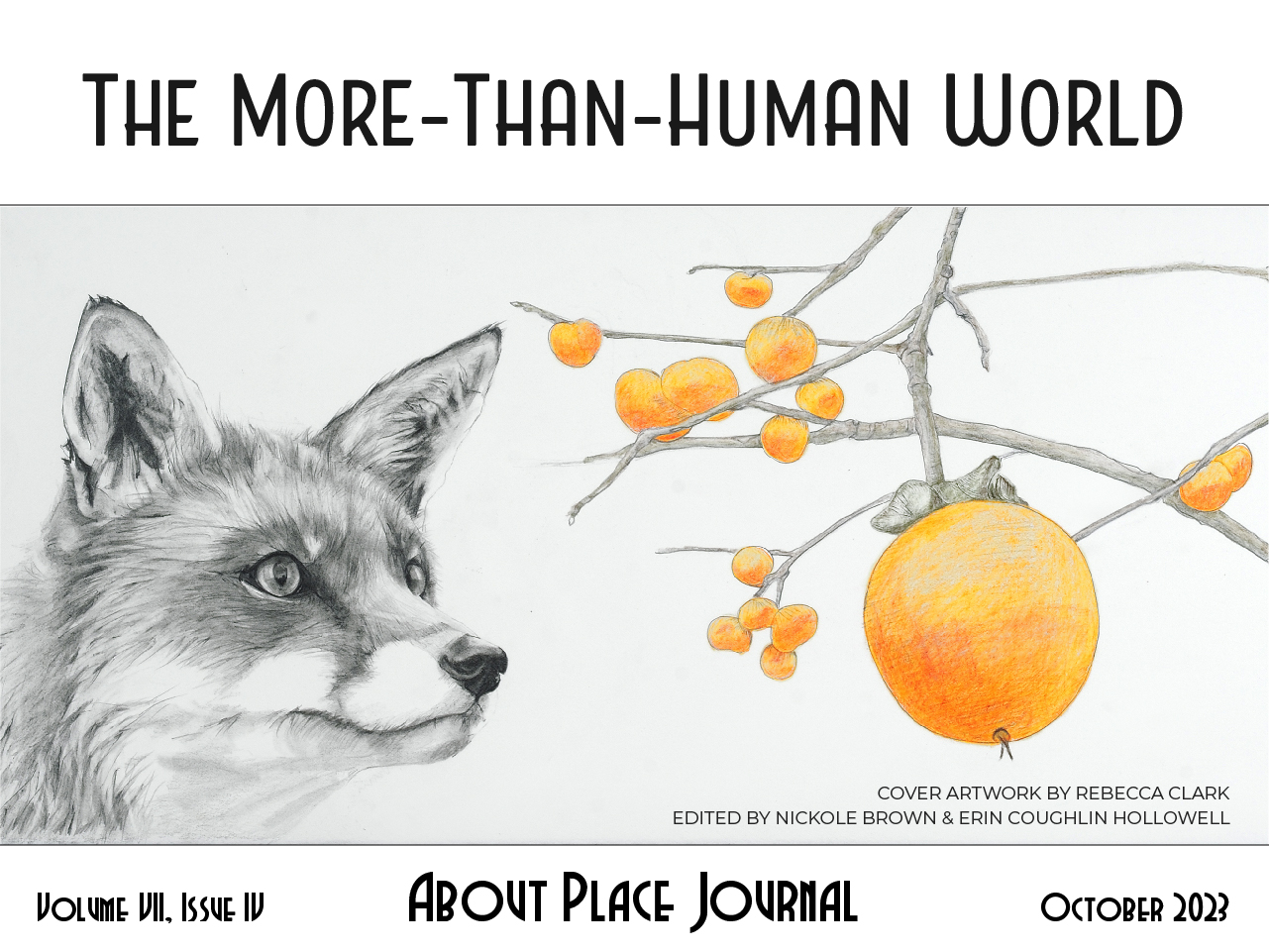“I believe a leaf of grass is no less than the journey-work of the stars,
And the pismire is equally perfect, and a grain of sand, and the egg of the wren [. . .]”
“Song of Myself” Section 31
Some types of wrens build their homes by filling in voids. In “Song of Myself,” Whitman doesn’t specify as to what subcategory of bird he was looking at: was it the Bewick’s Wren, the Northern House-Wren, the Winter Wren, the Carolina Wren, the Long-Billed Marsh Wren, the Short-Billed Marsh Wren, or some other Wren variant? He just cites its perfection, or rather, the perfection of its eggs. But to keep that egg safe, the wren needs a sturdy nest. Birds didn’t used to have to use nests; they didn’t even need to keep their eggs warm. As they evolved from cold-blooded creatures, they could no longer lay their eggs and then move on, trusting that the warmth of the world would help those babes to hatch. This change meant birds had to learn to build homes to last for the incubation period. The first ones were random, clumsy arrangements in whatever open space the bird could find, whether that may be the low branches of a bush or an open cavern in a rock face.
As Whitman sees himself in each creature, I wonder which wren I would be, resolving that I am not as akin to the other deities of an ant or grain of sand. Instead, I am that small energetic brown bird; stumpy, with a slender, slightly decurved bill; tail often cocked. Is the bird defined by its appearance or its habits? I ask the same thing of humans. If we all look alike in loose terms, our choices are what distinguish us, those arrangements of our homes and our minds.
Will it be the Bewick’s Wren that still builds its home in primitive sites, ones that already exist and require minimum effort to construct? This seems like the easiest option, but possibly the most dangerous. What if someone comes back for that abandoned automobile; what if a human decides to tear down the fencepost; what if the hole in the alley’s brick wall gets filled, fixed?
Will it be the Northern House-Wren nesting in open forests or gardens or parks? They find those voids to build their homes in: an old woodpecker hole or a different natural cavity. Males will arrive first to construct dummy nests and I’ve never heard of anything more brilliant—let me distract others from the true, safe place I plan to lay my eggs. But after all that effort, the females may not even accept that pre-chosen place, the male’s incomplete twig nest. I, too, like to make my own choices, sometimes finding a home in the most random of places. The Peterson Field Guide gives me the final notes: this species has nested in a radiator of unused auto, empty cow skull, leg of work pants on clothesline, flowerpot, pocket of scarecrow. I wish I was agile to fit into any of these planes, to string up a hammock in that empty cow skull, or cocoon myself in the pocket of a scarecrow’s overalls.
Or it could be the Winter Wren, creatures of forests, heavily wooded swamps, or boreal bogs? They choose to nest in the well-hidden cavity in upturned roots of a fallen tree. I could see myself living inside of a wooded, living being, gathering soft things from the world around me to pad my home: moss, grasses, weed stems, fine twigs, rootlets; lined with hair, feathers. I already do this—gather and gather to soften the strangeness of a new place.
Could it be the Carolina Wren? These are the first nests built by both the females and the males over a span of five days, with the females doing most of the lining. This feels the most familiar—a partnership between me and my companion. Compared to the Northern House-Wren that leaves the nest 27-43 times a day, the Carolina Wren only departs 6-7 times during the incubation period—a homebody, like me.
Finally, the Long-Billed Marsh Wren and Short-Billed Marsh Wren. The first lives in freshwater or brackish marshes, banks of tidal rivers, or shores of inland ponds. The second lives in wet meadows, grass and sedge marshes, and hayfields, avoiding cattail marshes and preferring drier areas than their cousins. I, too, prefer dry air over humidity, that moisture which sticks to my skin and my spine. The Long-Billed creates nests like cones, woven of wet cattails, and lays eggs the color of cinnamon. The Short-Billed eggs are pure white.
When Whitman said the egg of the wren is equally perfect as the journey-work of the stars, I don’t think it mattered to him if the eggs were cinnamon or pure white, or speckled with reddish dots, or blots, or if they were wreathed or marked with lavender spots. Instead, just as the stars create paths to travel in space, I could follow the eggs of the wren, those hidden away just out of plain sight in the abandoned skulls of the dead or the pockets of clothes on the line, and find, if not perfection, then breadcrumbs of instinct and careful intention mixing with hopeful chance.


